As we venture further into 2025, the complexities of digital communication continue to expand dramatically. Have you ever wondered how secure your online transactions really are? With the advent of sophisticated technology, the menace of Man-in-the-Middle (MitM) attacks looms larger than ever. These attacks can compromise sensitive information and wreak havoc for individuals and enterprises alike. Let’s explore the top strategies to fortify your defenses against MitM attacks and ensure robust online security.
1. Implement HTTPS Everywhere
The utilization of Hypertext Transfer Protocol Secure (HTTPS) is perhaps the most fundamental yet imperative measure for safeguarding communications. It encrypts the data between a user’s browser and the web server, rendering it indecipherable to potential interceptors. In 2025, browsers are expected to flag HTTP sites as insecure more vigorously. Therefore, adopting HTTPS for all website interactions becomes a non-negotiable standard for both users and corporations.
2. Utilize Strong Virtual Private Networks (VPNs)
Employing a VPN is crucial for anyone requiring secure internet access, especially when connected to public Wi-Fi networks. A reliable VPN encrypts all traffic to and from your device, creating a secure tunnel that shields data from prying eyes. In the modern digital landscape, choosing reputable VPN services will become paramount as cybercriminals evolve their tactics. Users should conduct thorough research, focusing on vendors with a solid privacy policy and a proven track record of security.
3. Enable Two-Factor Authentication (2FA)
Two-Factor Authentication is another layer of defense that significantly mitigates risks associated with MitM attacks. By requiring an additional piece of information—often a code sent to a mobile device—2FA ensures that even if an attacker is able to intercept login credentials, access remains restricted. As data breaches become more common, enabling 2FA should be a critical component of users’ security protocols, especially for accounts that contain sensitive data.
4. Avoid Public Wi-Fi for Sensitive Transactions
While the convenience of public Wi-Fi is undeniable, it poses inherent vulnerabilities. Utilizing unsecured networks for sensitive transactions can be equated to leaving your front door wide open. When suitable, opt for cellular data or a personal hotspot, especially during banking or confidential communications. This is a simple yet effective strategy that the average user can adopt to enhance their security posture.
5. Keep Software Updated
Maintaining current software on devices is an often-overlooked yet critical aspect of cyber hygiene. Operating systems, applications, and antivirus programs frequently release updates to patch security vulnerabilities that attackers exploit. Regularly updating software not only enhances performance but also fortifies your defenses against newfound threats. In the rapidly evolving cyber threat landscape of 2025, timely updates will become more crucial than ever.
6. Be Wary of Phishing Attacks
Phishing remains one of the most prevalent methods for executing MitM attacks. Attackers often employ social engineering to trick users into revealing sensitive information. To combat this threat, it is essential to scrutinize emails, messages, and links prior to engaging. Organizations should implement ongoing training to educate employees about recognizing phishing attempts, enabling a proactive rather than reactive approach to security.
7. Certificate Pinning
Certificate pinning is an advanced security measure whereby specific public key certificates are ‘pinned’ to trusted sites. This drastically reduces the risk of falling for spoofed certificates, which attackers might use to initiate MitM attacks. By implementing certificate pinning, developers ensure that their clients only accept verified certificates, further bolstering the integrity of data exchanges. Despite the technical challenges it presents, the security it offers is a worthwhile investment in cybersecurity.
8. Regular Security Audits
Conducting regular security audits helps organizations identify vulnerabilities within their infrastructure. These audits can reveal configuration errors, outdated protocols, or potential entry points for cybercriminals. A comprehensive security audit not only serves to bolster defenses against MitM attacks but also reinforces the overall security strategy. By adopting best practices and continually evaluating risk, organizations can remain several steps ahead of potential threats.
9. Utilize End-to-End Encryption
For highly sensitive communications, implementing end-to-end encryption (E2EE) is a prudent measure. E2EE ensures that messages are encrypted on the sender’s device and decrypted only on the recipient’s device, making it nearly impossible for attackers to intercept and decipher the content while in transit. As messaging platforms increasingly adopt E2EE as a default option, both users and companies should prioritize its utilization for safeguarding conversations and information exchange.
10. Educate and Raise Awareness
Ultimately, knowledge is power. Empowering users and employees through ongoing education about cybersecurity threats is essential in fostering a vigilant and informed community. Awareness campaigns, workshops, and training sessions can enhance understanding of the implications of MitM attacks and best practices for prevention. In 2025, collective vigilance may well be one of the most effective defenses against the rapidly evolving landscape of cyber threats.
In conclusion, as the digital world continues to evolve, so too must our strategies for protection against Man-in-the-Middle attacks. Embracing these ten methods will not only secure individual users but will also contribute to a more secure internet ecosystem overall. Will you take the necessary steps to safeguard your digital domain, or will you risk becoming the next victim in the ever-evolving landscape of cyber threats? The choice is yours.
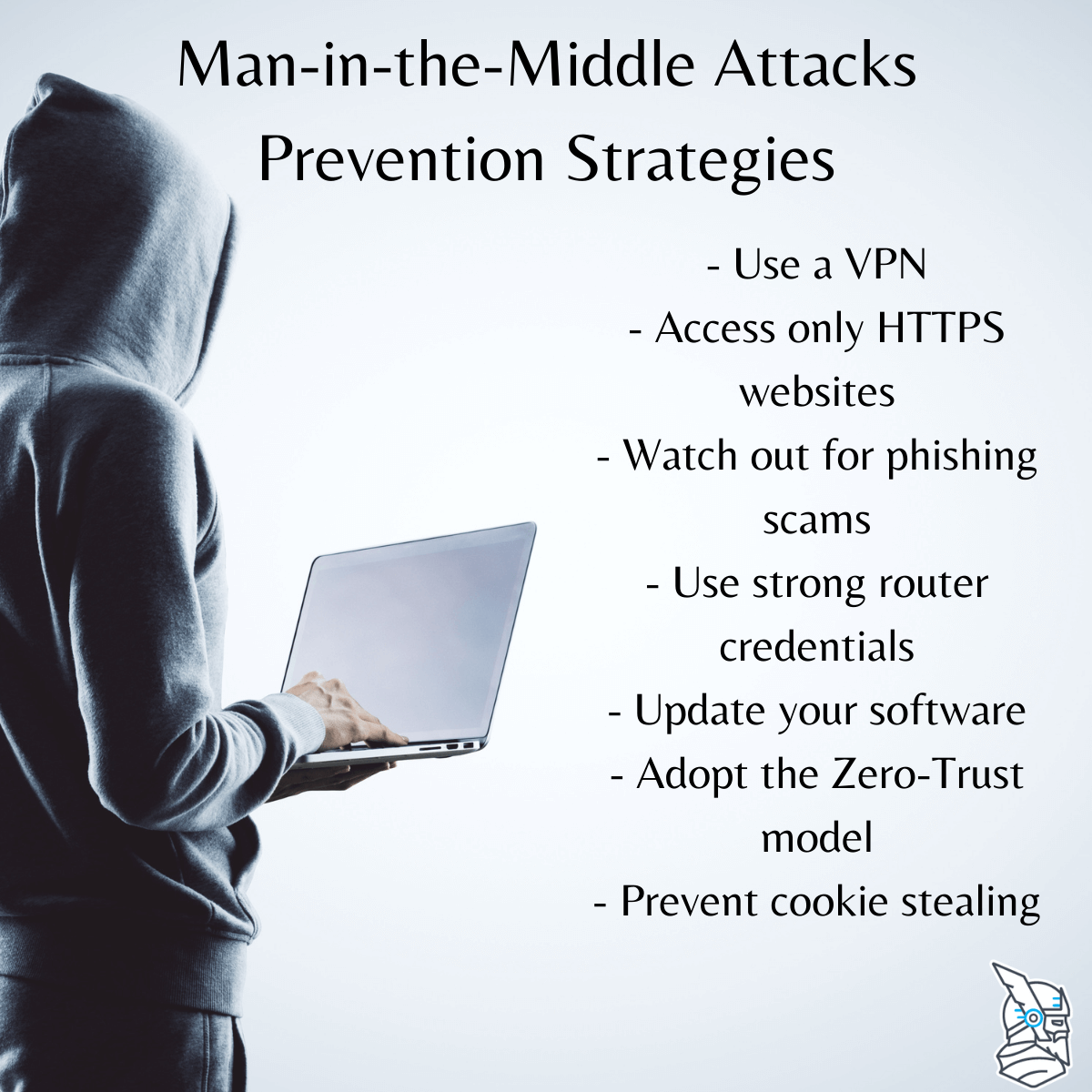

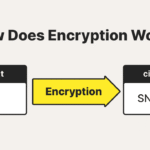
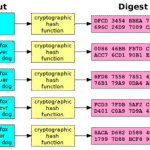
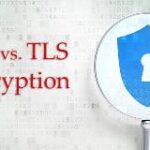
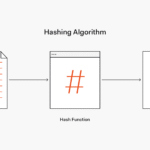



Leave a Comment